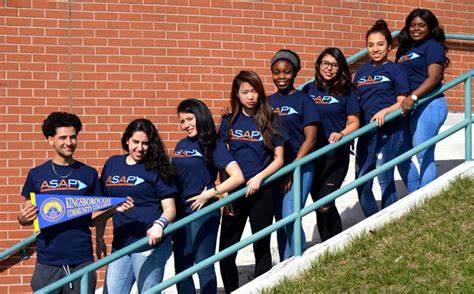He is not unusual. Students in the ASAP programme have a three-year graduation rate of 53%— more than double the 25% rate in the rest of the City University of New York (CUNY) system and close to triple the national average. In 2015, when external researchers tested these impressive outcomes by randomly assigning students— the gold standard for social science—they found effects of the same magnitude. The greatest gains went to black and Hispanic students, as well as those receiving Pell grants (most of which go to students with annual family incomes of $20,000 a year or less). Since then, the programme has grown and community-college systems across the country are trying to replicate it.

In New York the average cost of the additional supports amount to $3,500 per student. But such schemes benefit college finances too, by increasing their revenue. Georgia State University’s programme to provide micro-grants, which began in 2012, seemed to boost both graduation rates and university finances. “That’s actually a big driver of this completion movement [because] enrolments are not going up,” says Patrick Methvin of the Gates Foundation, which has funded research in the field. “The economics on this are going from nice to necessary.” Though not small, the cost also looks like a pittance compared with many ideas to alleviate intergenerational poverty. A child born poor who gets just a high-school degree has a 50% chance of remaining in poverty as an adult; with a college degree, the chances decline to 17%.
译文由可可原创,仅供学习交流使用,未经许可请勿转载。













